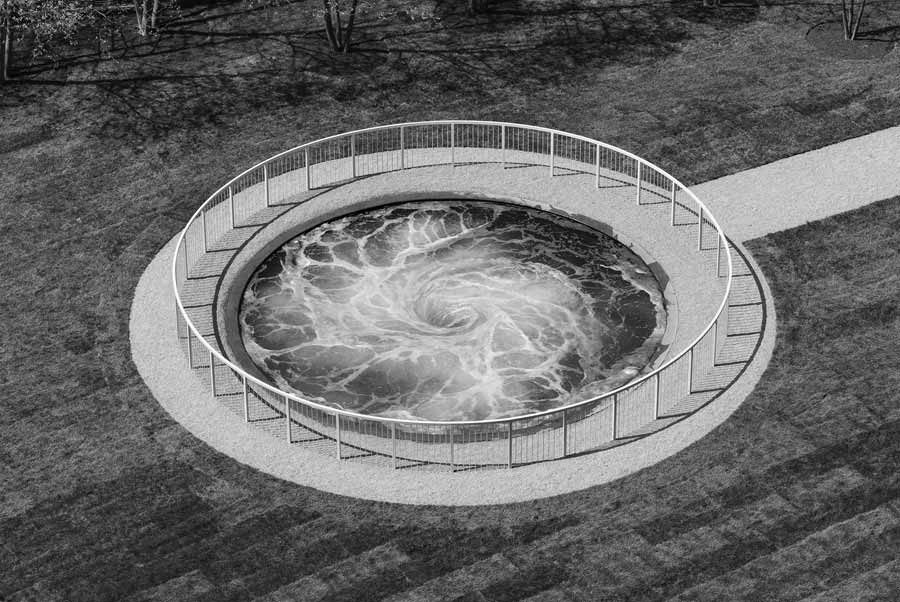Think you know when it’s the right time to empty your RV’s holding tanks? Well, sit down and see if you know this neat little fact about the power of the vortex.
We’re always looking to educate our customers as much as we are to provide them with a service, like cleaning their holding tanks. That’s why we’re so adamant about the correct time to empty your RV’s holding tanks.
Think about it this way. What seems like a “better” way to empty your tanks: When they are less than 50% full or when they are nearly full, or completely full? The second option, right?
The vortex
The typical holding tank is about 40 gallons. At eight pounds per gallon for water (so, anything “additional” in your tanks, especially your black one, is bound to be heavier per gallon), that 40-gallon tank has 320 pounds of water in it when it’s full. At 50% full, that’s just 160 pounds.
A half (or less) full tank, when emptying, just does not have enough “down pressure” to create a swirling, vortex action as the tank empties. at 90% to 100% full, there are enough pounds of water to start the vortex.
Why is a vortex desirable?
When water drains out of your holding tanks in a vortex, it pulls debris and build-up from corners and other surfaces in the tank with an aggressive, turbulent force. That force helps to keep your tanks cleaner than they would when you empty a tank that is less than 90% full.
How do you know when a tank is full?
Easy. Check your tank sensors! If those aren’t reading accurately (and we know a service that can help that!), have someone check in your RV as each tank is filled: For the black tank, look in the toilet to see water coming up the bottom of the bowl; for the gray tanks, look for water coming into the shower pan (or listen for a gurgle) or listen at the galley sink for a stirring sound, indicating water is coming up the drain pipe. When these occur, your tanks are pretty close to 100% full and ready to be emptied.

